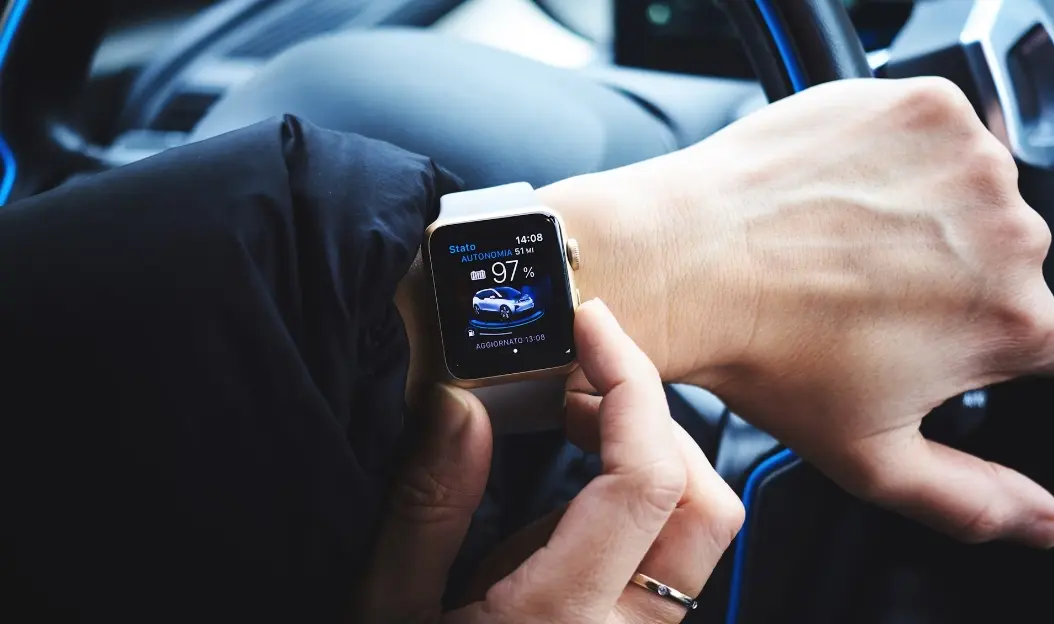
What is CE Certification for Radio Equipment?
Introduction to CE certification for Radio Equipment (RED Directive)
The European Commission has included the new Radio Equipment Directive 2014/53/EU (RED) within its new legislative framework, providing clearer rULes compared to the Radio and Telecommunications Terminal Equipment Directive (R&TTE). Due to rapid advancements in communication technology and ambiguities in the 1999/5/EC R&TTE directive, the European Commission released this new directive in 2014.

The new Radio Equipment Directive 2014/53/EU (RED) came into effect on June 13, 2016. The directive allowed a one-year transition period before the complete repeal of the R&TTE directive.
The new RED directive removed the R&TTE alert symbol. As of June 13, 2017, manufacturers must comply with the new CE certification RED directive. The CE certification RED directive applies only to radio equipment, no longer covering telecommunications terminal equipment (TTE). It also expanded the frequency range for radio equipment from 9 kHz–3000 GHz to 0–3000 GHz, removing the lower limit. This change aims to encourage ETSI to issue harmonized standards and ECO (European Communications Office) to define frequency allocations. The directive also includes broadcast TV receivers and specifies "radio location equipment" using radio wave propagation characteristics, such as radar. Wired communication terminals without radio functions are not regulated by the RED directive. Many updates impact Wi-Fi, Bluetooth, and short-range communication devices, with new requirements for test reports and R&D design. RED assessments must be conducted in at least one EU country; products sold outside the EU cannot bear the CE mark.
Key Parts of the RED Directive (2014/53/EU)
The RED directive consists of three main requirements:
1. Safety (Article 3.1a): Direct reference to the low voltage directive (2006/95/EC).
2. EMC (Article 3.1b): Equivalent to EMC Directive (2004/108/EC), with ETSI EN 301489 series as the test standard.
3. Spectrum (Article 3.2): Requirements for efficient spectrum use, with various test standards based on product type, frequency, and technology, such as ETSI EN 300328, EN 300440, EN 301357, and EN 300220.
Scope of the RED Directive
The directive covers all radio equipment operating below 3000 GHz, including short-range communication devices, broadband devices, and mobile communication equipment, such as:
- 27.145 MHz remote control toys
- 433.92 MHz remote controls
- 2.4 GHz Bluetooth devices
- 2.4 GHz/5 GHz Wi-Fi devices
On March 9, 2018, the EU Official Journal (OJ) published three new RED standards:
1. EN 300 674-2-2 V2.1.1: For transportation and traffic information equipment operating in the 5795–5815 MHz range, meeting Article 3.2 of the 2014/53/EU directive.
2. EN 300 718-2 V2.1.1: Avalanche transceiver systems operating at 457 kHz for emergency services.
3. EN 302 054 V2.2.1: Weather equipment operating within 400.15–406 MHz with up to 200 mW power, covering radio spectrum access.
Differences Between R&TTE and RED Directives
1. Product Scope: The R&TTE directive applied to both radio and telecommunications terminal equipment, while the RED directive applies only to radio devices, including radio communication and location equipment (e.g., radar, RFID, speed detection). TTE devices now use the EMC and Low Voltage directives for evaluation.
2. Frequency Range: The R&TTE directive covered 9 kHz–3000 GHz, whereas the RED directive covers up to 3000 GHz without a lower frequency limit.
Conformity Assessment for the RED Directive
Manufacturers and importers can ensure compliance in three ways, two of which require a Notified Body's involvement:
- Module A (Internal Production Control): The manufacturer drafts the technical documentation, conducts internal production control, and issues a declaration of conformity.
- Module B + C (EU-type examination + Conformity Based on Internal Production Control): A Notified Body reviews the documentation and issues an EU-type examination certificate. Manufacturers retain control over technical files and production but must use this method for untested products.
- Module H (Full Quality Assurance): The manufacturer maintains a quality system covering design, testing, and manufacturing, evaluated by a Notified Body.
Certification Process for CE-RED
1. Submit an application form.
2. Provide product documentation.
3. Send product samples.
4. Complete testing.
5. Receive the report.
Key Points for RED Certification
- The Manufacturer holds the certificate and must be identified as:
- Brand Owner or ODM (designs and manufactures for the brand).
- The Label must include the importer’s name and address before shipment.
Products Covered by RED Certification
1. Short-range remote control products (e.g., toy cars, alarms, doorbells).
2. Professional radio control products (e.g., two-way radios).
3. Wireless telephones (CTO, CT1).
4. ISDN products.
5. Enhanced digital cordless phones (DECT).
6. GSM/CDMA mobile phones.
7. Bluetooth products (e.g., headsets).
8. Inductive data transfer devices below 9 kHz.
9. Radio receivers.
RED Certification Costs and Duration
Cost Factors:
- Need for a Notified Body certificate
- Product modification requirements
- Urgency
Duration:
- Approximately 2–3 weeks
Required Documentation:
- English manual
- Circuit diagrams, block diagrams, and PCB layout
- Parts list
- Circuit operation description
- Additional documentation as needed
Email:hello@jjrlab.com
Write your message here and send it to us
 How to Test IP68 Rating
How to Test IP68 Rating
 Differences Between FDA and LFGB for Food Contact
Differences Between FDA and LFGB for Food Contact
 Process and Precautions for Amazon CPC Certificate
Process and Precautions for Amazon CPC Certificate
 E-mark Certification Testing Service Laboratory
E-mark Certification Testing Service Laboratory
 Amazon ISO/IEC 17025 UL Testing Service Laboratory
Amazon ISO/IEC 17025 UL Testing Service Laboratory
 How to get CE Certification for Lighting Products?
How to get CE Certification for Lighting Products?
 CE Certification Standards & Process for Elect
CE Certification Standards & Process for Elect
 Japan METI Registration & Japanese Agent Servi
Japan METI Registration & Japanese Agent Servi
Leave us a message
24-hour online customer service at any time to respond, so that you worry!




